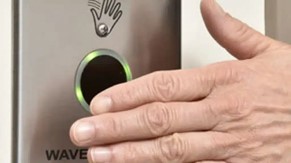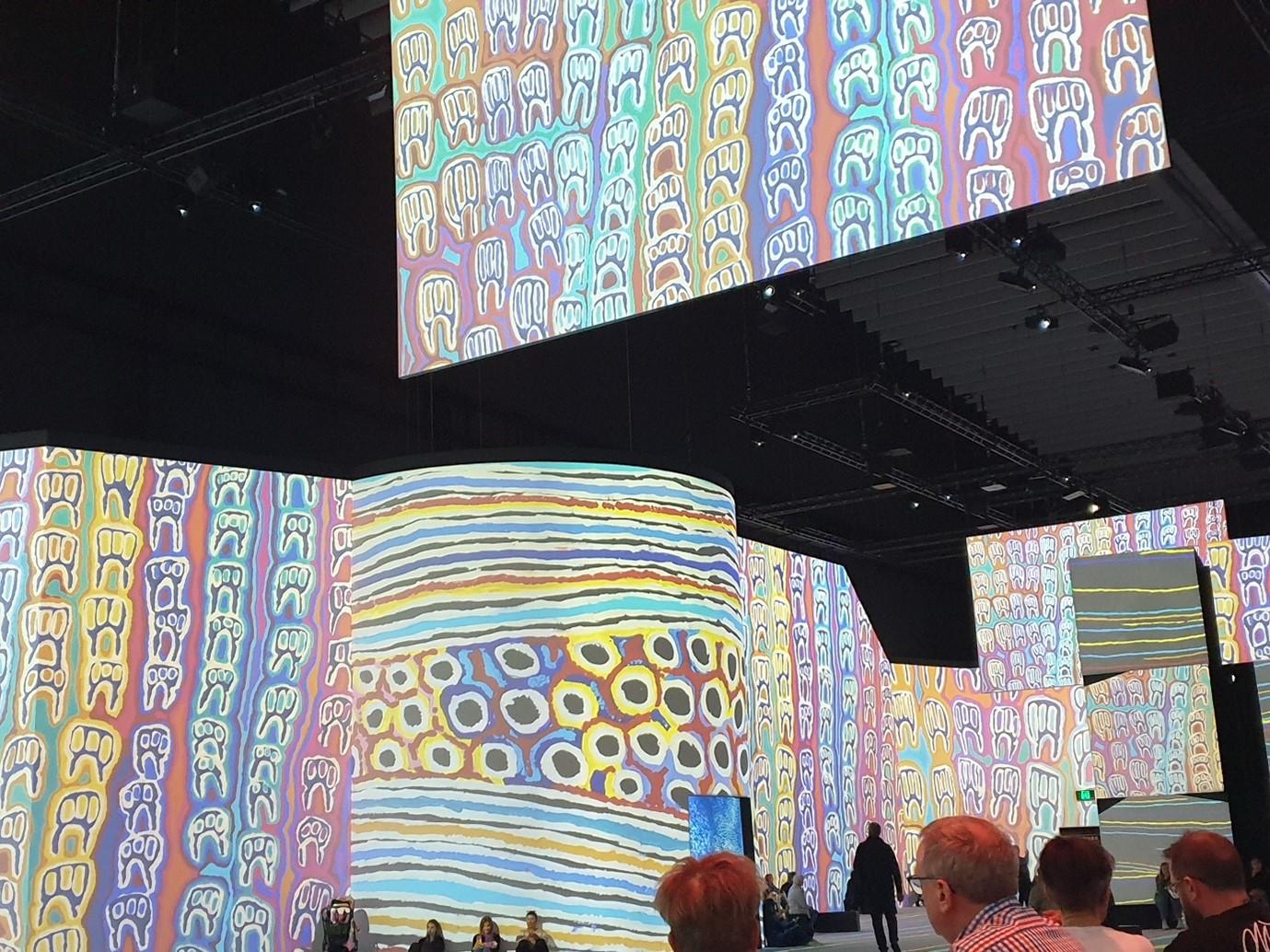Performance solutions are about design options, not about making allowances for design and/or construction errors.
In each section of the National Construction Code (NCC), Performance Requirements are identified. These outline the required outcomes, articulating the intent of the Code. There are Performance Requirements in each area of the NCC and they range from fire protection, lifts, energy efficiency, and access to and within buildings including sanitary facilities.
These Performance Requirements can be achieved in three different ways;
- a performance solution,
- compliance with the Deemed-to-Satisfy clauses, or
- a combination of both.
Meeting all requirements of the Deemed-to-Satisfy clause and its referenced Australian Standards is possibly the most straight forward way of achieving compliance but meeting the Performance Requirements through a performance solution allows innovation and exciting new design options. In the area of access, providing the level of access for a person with disability is not less than the Deemed-to-Satisfy (DtS) provisions, compliance can be achieved.
At Architecture & Access, we work can with our clients to support them to achieve compliance through Performance Solutions.
Performance Solution examples
Doors are required to be identified through the provision of luminance contrast between the door and/or frame and/or wall. Architecture & Access have assessed variations to these requirements within art galleries and similar spaces to ensure that the access provisions are achieved and the space functions well as a gallery. This includes an assessment of who is using a door or a space and the physical requirements of the job that person is undertaking. Architecture & Access supported the removal of luminance contrast on a door into the staff projection room at The Lume. The door is within a wall used for projections and the hidden door allows the projections to be displayed seamlessly. Feature image: The Lume during the Wine & Food Festival shows the positive outcomes of ‘hiding’ the door.

A range of touch-free door controls and locks emerged during the Covid19 pandemic – these cannot meet the DtS requirements as there is no ‘button’ to push. Architecture & Access assessed and supported controls which indicated a waving hand.
The use of All Gender’ signage, visual indicators on glazing or the location of tactile ground surface indicators (TGSIs) at angled crossings are all examples of items that vary from the DtS requirements which have been supported through a Performance Solution.
On all occasions, Architecture & Access works with the design team to determine the variation from the DtS and the likely impact on people using the building, including those with disabilities. When needed, we will work with the design team to modify or improve the design to ensure the Performance Requirements of the NCC are achieved.
